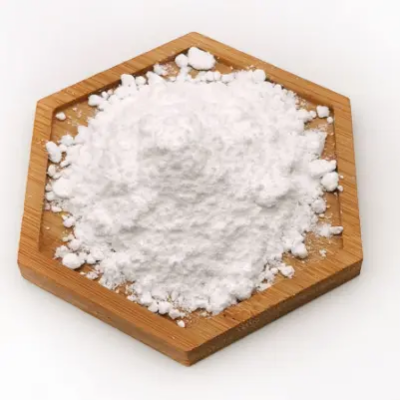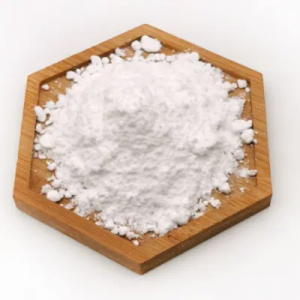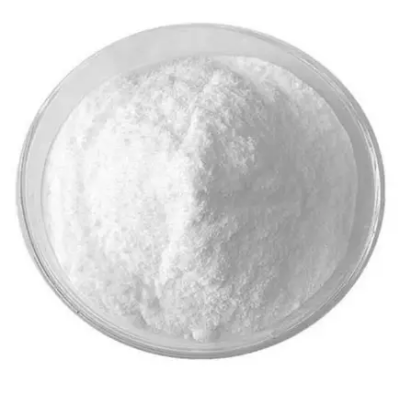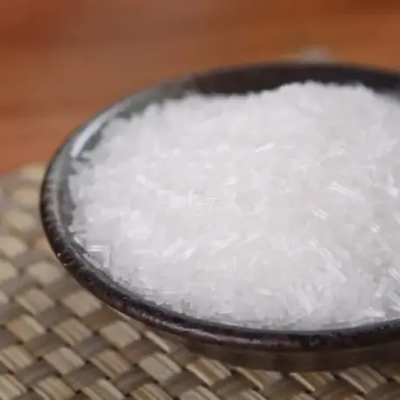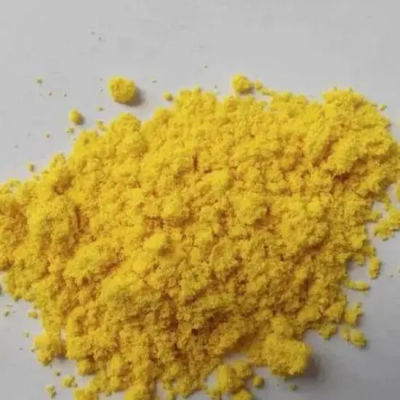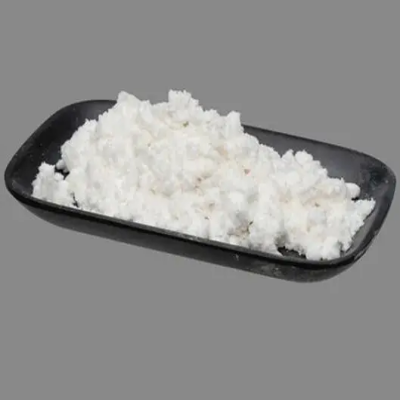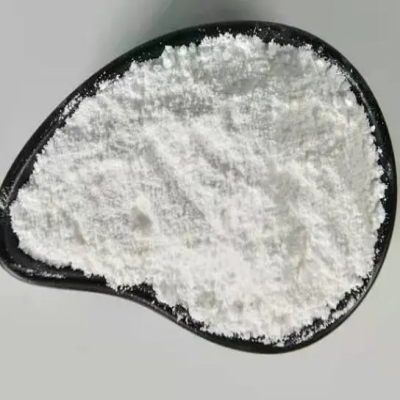3-Quinolinecarboxylic acid,7-chloro-8-cyano-1-cyclopropyl-6-fluoro-1,4-dihydro-4-oxo- CAS:117528-65-1
The compound features a quinoline core, a bicyclic aromatic system consisting of a benzene ring fused to a pyridine ring. The 3-position of the quinoline is substituted with a carboxylic acid group, which is a key functional group for the compound's chemical reactivity. The presence of this carboxylic acid group allows the compound to form esters or amides, making it useful in the synthesis of more complex molecules. The 7-position of the quinoline is substituted with a chlorine atom, which is an electron-withdrawing group that can influence the molecule's electronic properties. The presence of the chlorine atom also increases the compound's lipophilicity, which may be beneficial for its absorption and bioavailability. The 8-position of the quinoline is substituted with a cyano group, which is a highly electronegative group that can participate in various chemical reactions. The presence of the cyano group also increases the compound's polarity, which may affect its solubility and distribution in biological systems. The 1-position of the quinoline is substituted with a cyclopropyl ring, which is a three-membered alkane ring that adds a degree of strain and rigidity to the molecule. The presence of the cyclopropyl ring also increases the compound's steric hindrance, which can affect its interactions with other molecules. The 6-position of the quinoline is substituted with a fluorine atom, which is a small and highly electronegative atom that can influence the molecule's electronic properties. The presence of the fluorine atom also increases the compound's lipophilicity, which may be beneficial for its absorption and bioavailability. Overall, this compound is likely to be of interest in the fields of medicinal chemistry and organic synthesis due to its complex structure and the presence of various functional groups that offer potential for biological activity and synthetic utility. Its unique structure and functional groups make it a promising candidate for the development of new drugs or materials.



| Composition | C14H8ClFN2O3 |
| Assay | 99% |
| Appearance | white powder |
| CAS No. | 117528-65-1 |
| Packing | Small and bulk |
| Shelf Life | 2 years |
| Storage | Store in cool and dry area |
| Certification | ISO. |


